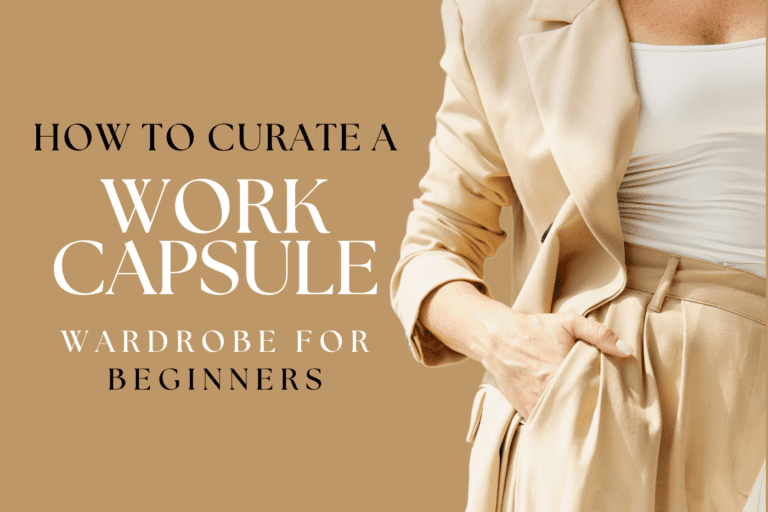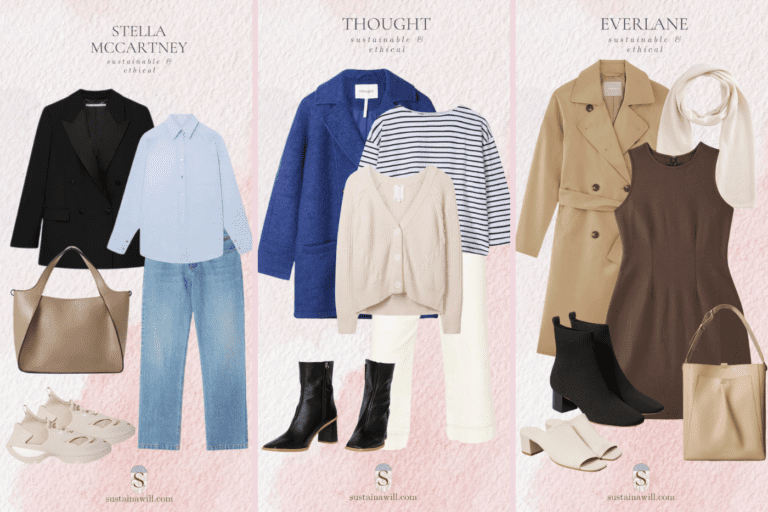Feeling suffocated by clutter and overwhelmed by the demands of modern living?
If the answer is yes, welcome to the club. The antidote to this chaos is minimalism – a powerful lifestyle that champions simplicity and intentionality.
Ready to bid farewell to overwhelm and embrace a lighter, purposeful existence? Join us as we unravel the essence of minimalism and pave the way to a more intentional tomorrow. Let the journey into minimalism begin.
What is the Definition of Minimalism?
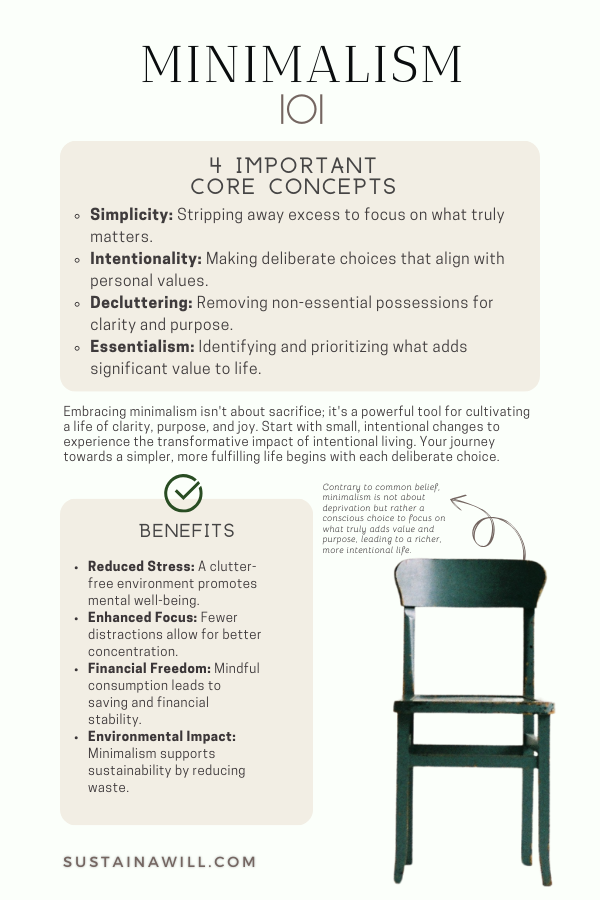
Defining Minimalism
Minimalism is a lifestyle and mindset that revolves around simplifying your life by focusing on what truly adds value and purpose while shedding the excess.
It’s not just about having fewer possessions; it’s a deliberate choice to prioritize quality, intentionality, and the essentials that genuinely contribute to your well-being.
Everyday Examples
Wardrobe Wisdom
- Cluttered Closet vs. Capsule Wardrobe
- Imagine a closet bursting with clothes, half of which you never wear. Now, picture a curated capsule wardrobe, filled only with pieces you love and wear regularly. That’s the minimalist approach – quality over quantity, creating ease in choosing outfits and reducing decision fatigue.
Digital Declutter
- Endless Apps vs. Essential Tools
- Consider your phone screen crowded with apps you rarely use. Now, envision a streamlined home screen with only the apps that add value to your daily life. Minimalism extends beyond physical spaces to your digital world, ensuring a clutter-free, more efficient experience.
Mindful Spaces
- Busy Decor vs. Purposeful Design
- Think of a room overloaded with decor versus one carefully designed with purpose. Minimalist spaces embrace simplicity, allowing room for mindful living. Clear surfaces, intentional design, and essential elements create an environment that fosters tranquility and focus.
Time Well Spent
- Overbooked Schedule vs. Mindful Planning
- Imagine a calendar packed with endless commitments versus a thoughtfully planned schedule that includes only what truly matters. Minimalism in time management involves prioritizing activities aligned with your values, leading to a more balanced and fulfilling life.
In essence, minimalism is about
- Stripping away the unnecessary to make room for what brings joy, purpose, and peace.
- A conscious choice to live authentically, prioritizing quality over quantity.
- Embracing a life unburdened by excess in favor of what truly matters.
The 8 Core Characteristics of Minimalism (2024)
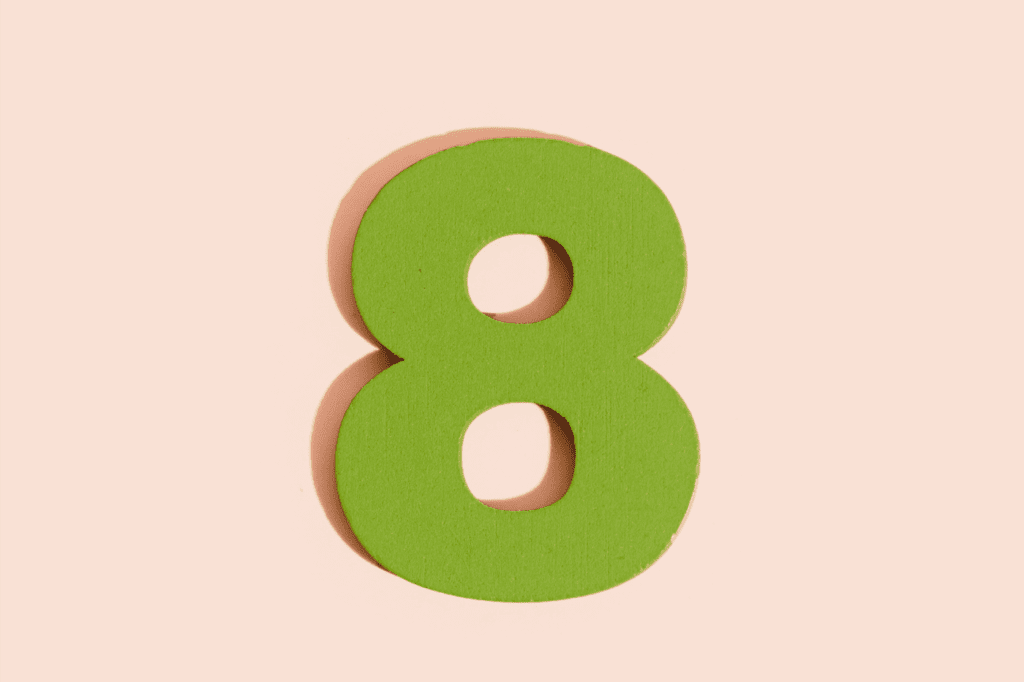
Minimalism isn’t just a trend; it’s a transformative philosophy that invites you to embrace a life of meaning and simplicity.
Understanding these 8 core concepts will help you to understand this philosophy on a deeper level:
1. Intentionality
- Quality over Quantity
- Minimalism prioritizes intentionality in choices. Whether it’s possessions, relationships, or time commitments, the focus is on quality and purpose, steering away from the allure of excess.
2. Simplicity
- Declutter and Streamline
- A minimalist lifestyle emphasizes simplicity. It’s about decluttering physical and mental spaces, removing the unnecessary, and creating an environment that fosters clarity and calmness.
3. Mindful Consumption
- Conscious Choices
- Minimalism encourages thoughtful consumption. It’s not about abstaining from buying, but rather making deliberate choices aligned with your values, avoiding impulse purchases and reducing environmental impact.
4. Essentialism
- Identifying the Vital Few
- Essentialism lies at the heart of minimalism. It involves identifying and focusing on the vital few – the possessions, activities, and relationships that contribute most significantly to your well-being and happiness.
5. Time Freedom
- Prioritizing Meaningful Activities
- Minimalism extends to time management. It’s about freeing up time from unnecessary commitments and dedicating it to activities that align with your passions, values, and personal growth.
6. Clarity of Purpose
- Aligning with Values
- A minimalist mindset involves clarifying your purpose and aligning your life with your core values. This clarity acts as a guiding force, helping you make decisions that resonate with your authentic self.
7. Environmental Consciousness
- Reducing Footprint
- Minimalism embraces a sustainable approach. By being mindful of consumption and reducing waste, minimalists contribute to a smaller environmental footprint, aligning their choices with the well-being of the planet.
8. Gratitude
- Appreciating the Present
- Minimalists cultivate gratitude for what they have in the present moment. By letting go of the constant pursuit of more, they find contentment and appreciation for the simple joys in life.
These characteristics serve as guiding principles. They encompass both lifestyle choices and mindset shifts, providing a roadmap to a more intentional, purpose-driven, and fulfilling way of living.
How Do You Achieve a Minimalist Aesthetic?
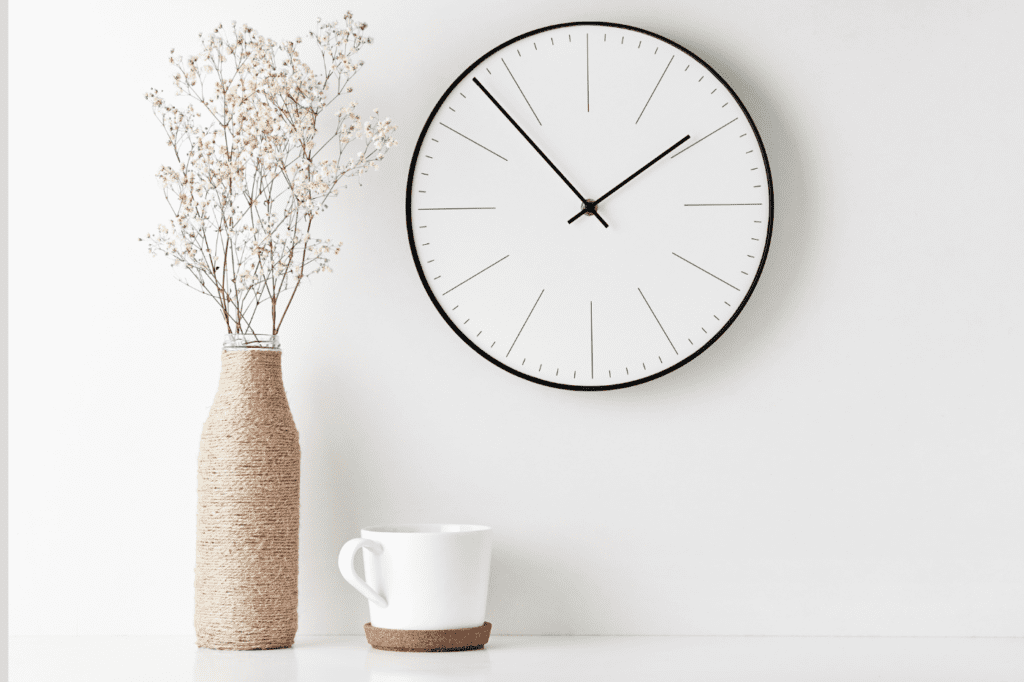
Achieving a minimalist aesthetic involves intentional choices to create a clean, uncluttered, and visually appealing environment. Here’s a step-by-step guide:
1. Declutter Your Space
- Begin by removing unnecessary items. Keep only what adds value or joy to your life. Donate or discard items you no longer need.
2. Embrace Simple Color Palettes
- Opt for neutral colors like white, beige, or gray for walls and furniture. Minimalist aesthetics often focus on a muted color palette that creates a serene atmosphere.
3. Select Functional Furniture
- Choose furniture with clean lines and a functional design. Multi-purpose pieces can help maximize space and maintain simplicity.
4. Limit Decorative Elements
- Resist the urge to overdecorate. Select a few statement pieces or artwork that align with the minimalist aesthetic. Focus on quality over quantity.
5. Create Open Spaces
- Allow for open spaces to foster a sense of airiness. Avoid overcrowding rooms with furniture or decorations. Let each element have its own space to shine.
6. Organize with Purpose
- Implement storage solutions that hide clutter. Utilize bins, eco-friendly storage bags, and minimalist storage furniture to keep belongings out of sight and maintain a clean look.
7. Invest in Quality
- Prioritize quality over quantity when making purchases. Choose well-crafted, timeless pieces that serve a purpose and contribute to the overall aesthetic.
8. Integrate Natural Elements
- Bring in natural elements like plants or wooden accents to add warmth and a touch of nature to your space. Keep it simple, avoiding an overload of decorative items.
9. Consider Lighting Carefully
- Opt for natural light when possible. Choose simple, modern light fixtures that complement the overall aesthetic. Adequate lighting enhances the minimalist vibe.
10. Maintain Visual Balance
- Arrange furniture and decor in a way that maintains visual balance. Create a sense of harmony and cohesion within each room.
Remember
Achieving a minimalist aesthetic is a gradual process. It’s not about stripping away everything, but about intentionally curating your space to reflect simplicity and purpose.
Regularly assess your surroundings to ensure they align with your vision of a minimalist lifestyle.
What is Simplicity vs Minimalism?
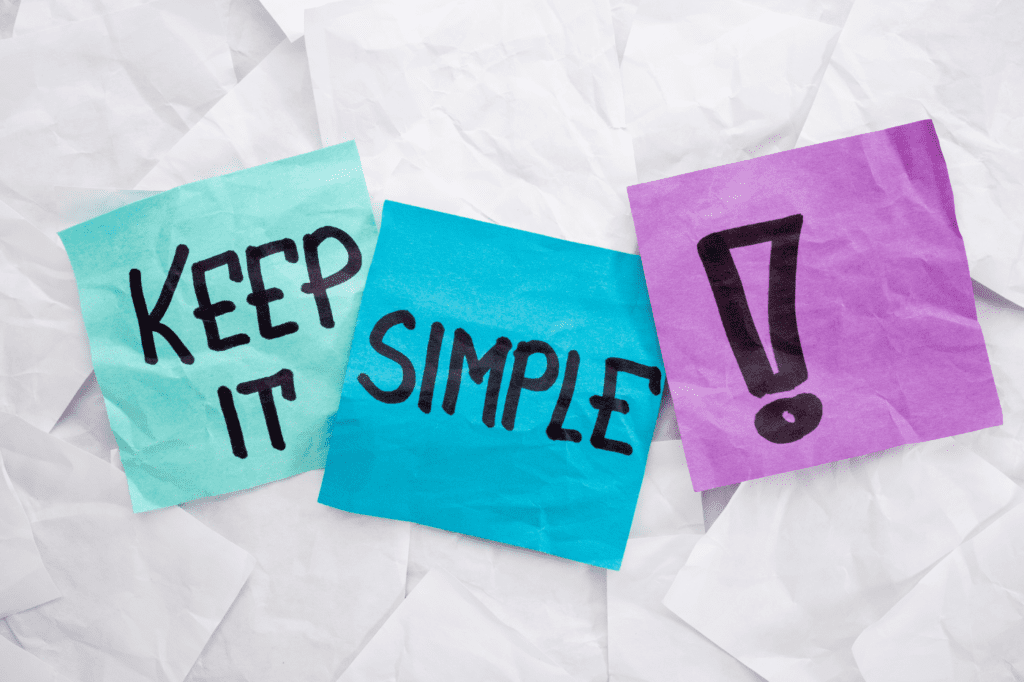
Simplicity
Simplicity is about the absence of complexity or intricacy. It’s a conscious choice to keep things clear, straightforward, and easy to understand.
Example
- Wardrobe
- A simple wardrobe might mean having a few versatile pieces that mix and match easily, reducing the complexity of choosing outfits.
- Key Idea:
- Focuses on clarity and ease without necessarily eliminating all non-essential elements.
Minimalism
Minimalism takes simplicity a step further. It’s a deliberate lifestyle and mindset that seeks to remove the excess, keeping only what adds significant value and purpose.
Example
- Wardrobe
- A minimalist wardrobe would consist of a curated selection of high-quality, versatile items, eliminating unnecessary choices and promoting intentional living.
- Key Idea:
- Goes beyond simplicity by actively decluttering, emphasizing intentional choices, and reducing possessions to the essential.
In a Nutshell
Simplicity
- Strives for clarity and straightforwardness.
- Focuses on reducing unnecessary complexity.
- Doesn’t necessarily involve eliminating all non-essential elements.
Minimalism
- Goes beyond simplicity.
- Involves intentional decluttering and removal of excess.
- Prioritizes what is truly essential and purposeful.
Takeaway
Simplicity is the first step towards clarity, while minimalism takes it a step further by actively shedding the unnecessary.
Think of simplicity as a clear path, and minimalism as the intentional journey along that path, guided by purpose and value.
Whether you choose simplicity, minimalism, or a blend of both, the goal is to create a life that aligns with your values and brings you genuine joy and contentment.
The Antithesis of Minimalism: The Maximalist
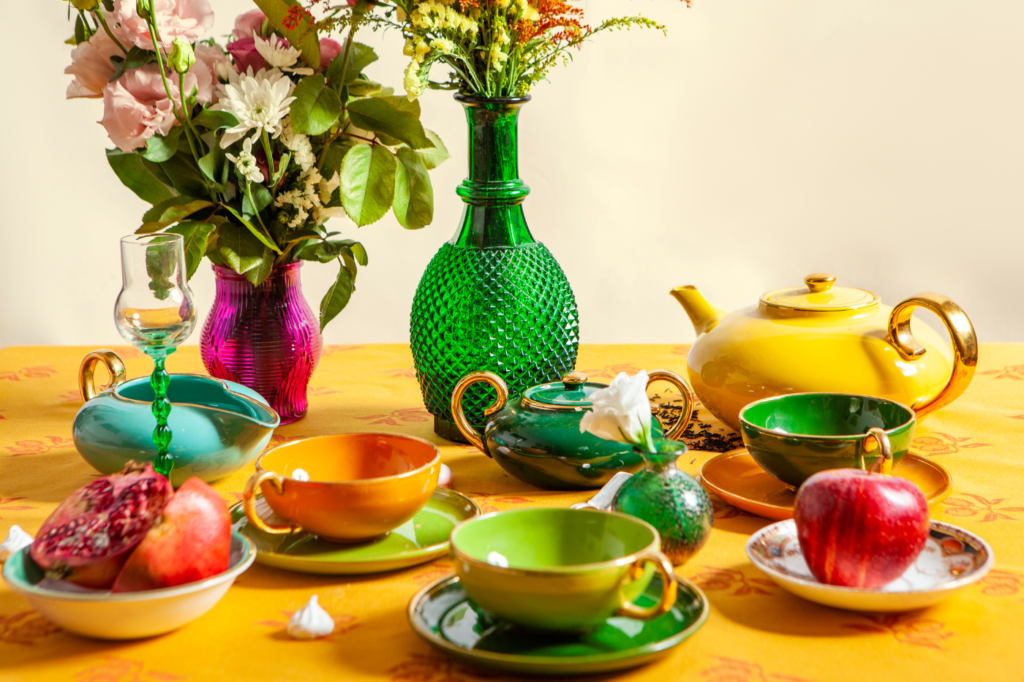
In a world where minimalism champions simplicity and intentional living, its opposite counterpart emerges as the maximalist.
While minimalism seeks to declutter and prioritize the essential, maximalism embraces abundance, excess, and a more-is-more philosophy.
Characteristics of a Maximalist
- Abundance of Possessions:
- More is More
- Maximalists thrive in environments filled with an abundance of possessions. Their spaces are often adorned with a rich tapestry of colors, textures, and eclectic decor.
- More is More
- Bold and Diverse Aesthetics:
- Embracing Eclecticism
- Maximalism celebrates diverse aesthetics, blending various styles, patterns, and textures. It’s a symphony of bold choices that creates a visually stimulating environment.
- Embracing Eclecticism
- Sentimental Attachments:
- Embracing Sentimentality
- Maximalists often attach sentimental value to possessions, accumulating items that evoke memories and emotions, contributing to a space filled with personal history.
- Embracing Sentimentality
- Decorative Overload:
- Extravagant Decor Choices
- From elaborate furniture to ornate decorations, maximalist spaces are characterized by an indulgence in decorative elements, creating a lavish and opulent atmosphere.
- Extravagant Decor Choices
- Expressive and Personalized:
- Reflecting Personal Expression
- Maximalists view their living spaces as a canvas for self-expression. Each corner is an opportunity to showcase their personality, interests, and diverse tastes.
- Reflecting Personal Expression
- Embracing Clutter:
- Cherishing Eclectic Chaos
- Unlike minimalists who strive for a clutter-free environment, maximalists find comfort in a more eclectic chaos, where every item contributes to a vibrant tapestry of life.
- Cherishing Eclectic Chaos
- Infinite Choices:
- Opting for Variety
- Maximalists revel in having a variety of choices. From clothing to home decor, their lifestyle embraces the spectrum of possibilities, avoiding the intentional constraints of minimalism.
- Opting for Variety
While minimalism encourages intentional living and purposeful choices, maximalism revels in the richness of a diverse and abundant life.
Both approaches offer unique perspectives on how to design and experience our living spaces, reflecting the spectrum of individual preferences in the world of lifestyle and design.
Is Minimalism Good or Bad?

The question of whether minimalism is good or bad lacks a one-size-fits-all answer. Instead, let’s explore the nuanced aspects of both perspectives:
When Minimalism is Beneficial
1. Simplicity and Clarity
- Pros: Minimalism can bring clarity and simplicity to life. By reducing clutter and focusing on essentials, it helps individuals prioritize what truly matters, fostering a sense of calm and intentionality.
2. Reduced Stress
- Pros: A minimalist lifestyle can alleviate stress associated with the overwhelming choices and material possessions, promoting a more relaxed and mindful existence.
3. Environmental Impact
- Pros: Embracing minimalism often aligns with sustainable practices, reducing environmental impact through mindful consumption and waste reduction.
When Minimalism May Pose Challenges
1. Rigidity and Strain
- Cons: For some, the rigid guidelines of minimalism may feel restrictive, leading to a sense of strain or guilt when deviating from prescribed norms.
2. Emotional Attachments
- Cons: Letting go of sentimental possessions, as advocated by minimalism, can be emotionally challenging, potentially causing distress for those who find comfort in tangible memories.
3. Exclusionary Nature
- Cons: The minimalist aesthetic may be perceived as exclusive or unattainable, potentially creating feelings of inadequacy or exclusion for those who don’t conform to this lifestyle.
In Conclusion
Whether minimalism is deemed “good” or “bad” hinges on individual preferences, values, and lifestyle choices. It’s essential to recognize that the effectiveness of minimalism varies from person to person. Some find it liberating, while others may find it too stringent.
The key lies in embracing a balanced approach, taking inspiration from minimalism where it aligns with personal values, without feeling compelled to adhere strictly to its principles.
By understanding and incorporating elements of minimalism that resonate with you, you can shape a lifestyle that promotes well-being, mindfulness, and purpose.
As with any lifestyle choice, the beauty is in finding what works best for you.
Am I a Minimalist Person?

Discover Your Minimalist Quotient: A Fun Quiz!
Answer the following questions with a “Yes” or “No” and tally up your score at the end to reveal your minimalist status!
1. Do you often find joy in decluttering your living spaces?
- Yes / No
2. Is your wardrobe filled with items you genuinely love and wear regularly?
- Yes / No
3. Do you prefer quality over quantity when making purchases?
- Yes / No
4. Does the idea of a simplified, uncluttered living space appeal to you?
- Yes / No
5. Are you conscious of the environmental impact of your consumption habits?
- Yes / No
6. Do you feel a sense of calm in spaces with minimal decor and fewer possessions?
- Yes / No
7. Do you actively avoid impulse buying and unnecessary material possessions?
- Yes / No
8. Would you rather have a few close relationships than a large social circle?
- Yes / No
Scoring
Count the number of “Yes” responses:
- 6-8 Yeses:
- Congratulations! You exhibit strong minimalist tendencies. Your intentional choices and appreciation for simplicity align well with the minimalist lifestyle.
- 3-5 Yeses:
- You’re on the minimalist journey! There’s a balance between simplicity and abundance in your life. Consider exploring more minimalist practices to enhance your intentional living.
- 0-2 Yeses:
- Minimalism might not be your primary focus right now, and that’s perfectly fine! Everyone’s journey is unique. Feel free to incorporate minimalistic principles gradually for a more intentional and purposeful life.
Remember, there’s no right or wrong score – it’s all about finding what resonates with you and creating a lifestyle that brings you joy and fulfillment!
Conclusion: Simplify Your Life, Unleash Joy
Now, take a moment to reflect on those moments of overwhelm and stress. Picture a life free from unnecessary chaos – that’s the promise of minimalism. The call to action is yours: start small, declutter a space, and witness the transformative power of intentional choices.
Embrace the minimalist path, where every decision aligns with your values. Your journey towards a simpler, more fulfilling life begins now. Don’t just read about minimalism; live it. Your future self will thank you.





